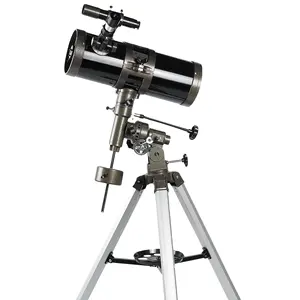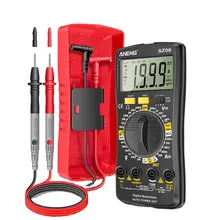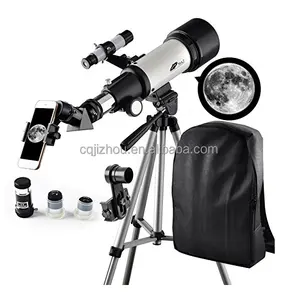Human beings are curious creatures who are never happy with the observations presented by the five senses. There's always an invention to enhance and learn more: SONAR and the radio waves were manipulated to observe phenomena that could never be heard by our own ears, and various other devices and sensors were invented to quantify taste, smell, and touch. We primarily observe the world through our eyes, however, and ever since the beginning of time, humans have been fascinated with bringing and viewing distant objects like stars, planets, and galaxies closer into view. This was made possible when glass lenses were invented until finally. Inventors figured out that they could refine and stack lenses to produce clean images and be able to observe heavenly bodies.
What is a telescope?
A telescope is a device that makes distant objects appear closer to the observer. All telescopes, from the smallest and simplest toys like the pirate telescope and other such telescopes for kids to the big telescopes and other such examples of telescopes to see planets work by using a set of lenses and mirrors to collect, manipulate, and magnify light, before presenting it to its observer's eyes via an eyepiece.
What are some of the different types of telescopes, and what are their features?
Optical telescopes are divided into two main types: The refracting telescope type and the reflecting telescope type. Refracting telescopes use a set of lenses to collect light and magnify it. These telescopes usually take the form of a tube with a big lens at one end and then an eyepiece. Some advanced ones may incorporate a secondary set of lenses to further magnify and refine light before transmitting it to the eyepiece. Refracting lenses are commonly seen used on camera lenses, monocular telescopes, and amateur space telescopes. Reflecting telescopes, on the other hand, utilize a set of mirrors to collect, bend, then present light to the observer. An example of such a telescope is the Dobsonian telescope, whose simple and robust design brought deep-space astronomy to the masses. State agencies with very deep budgets use reflecting telescopes almost exclusively to conduct their scientific studies.

































 浙公网安备 33010002000092号
浙公网安备 33010002000092号 浙B2-20120091-4
浙B2-20120091-4